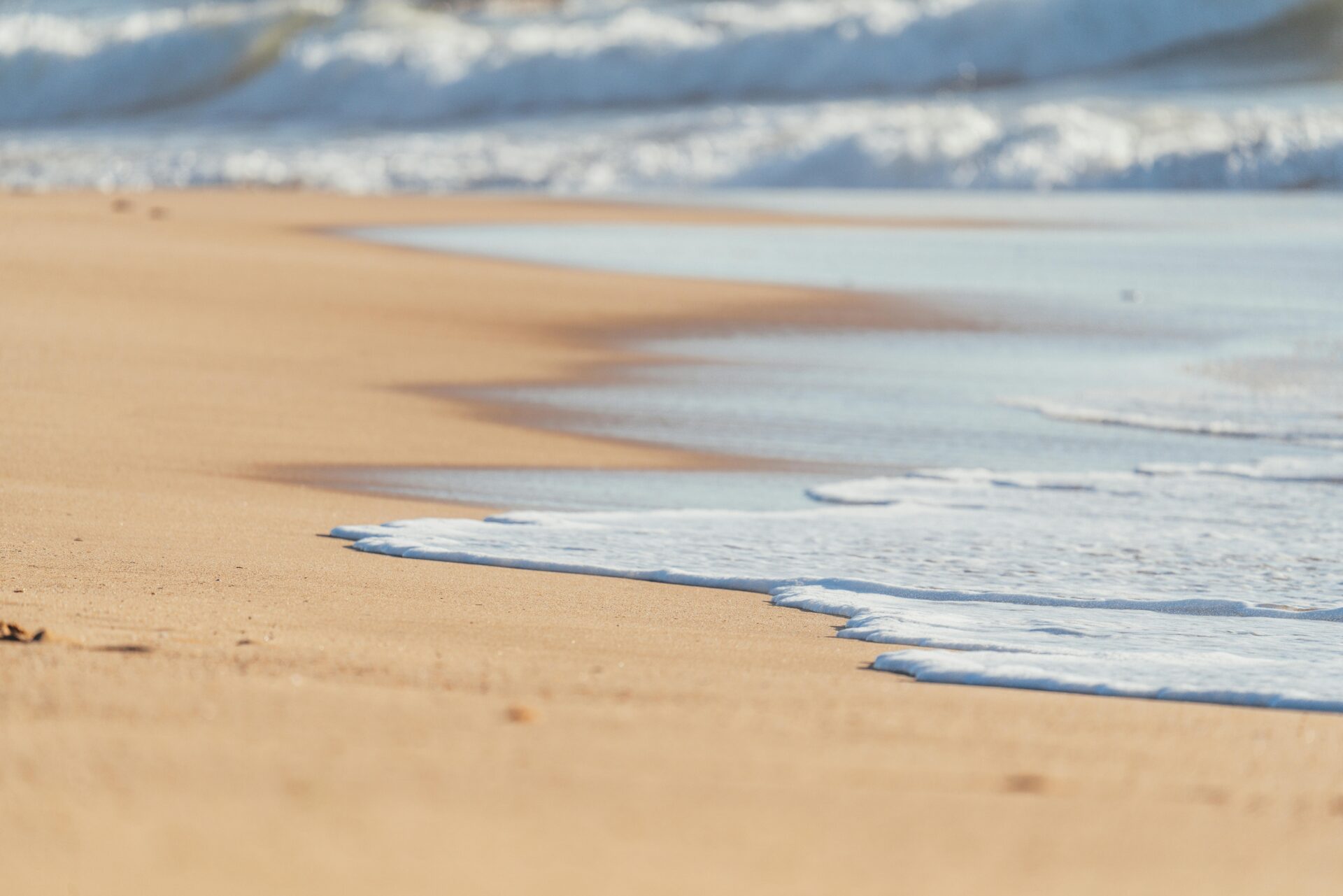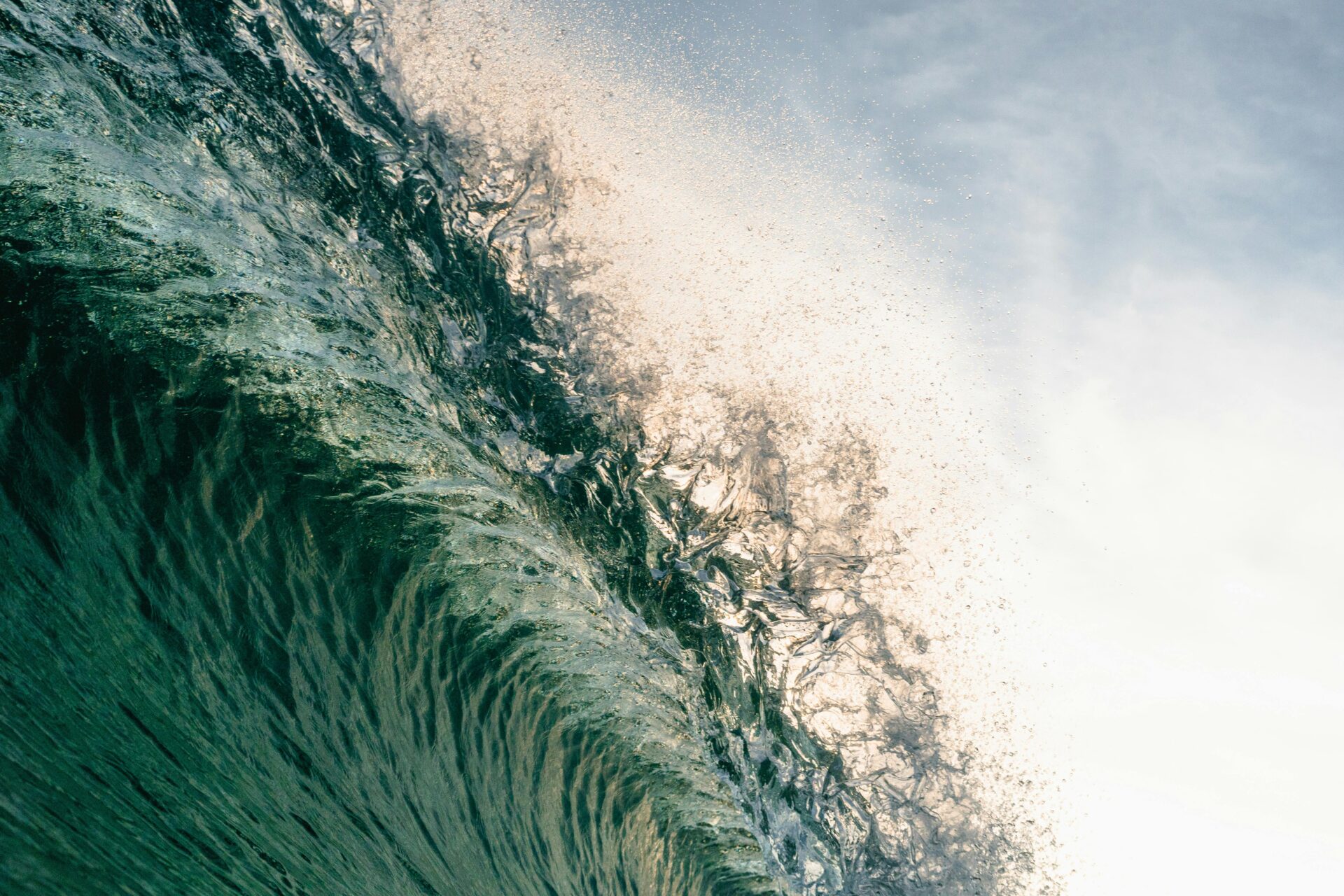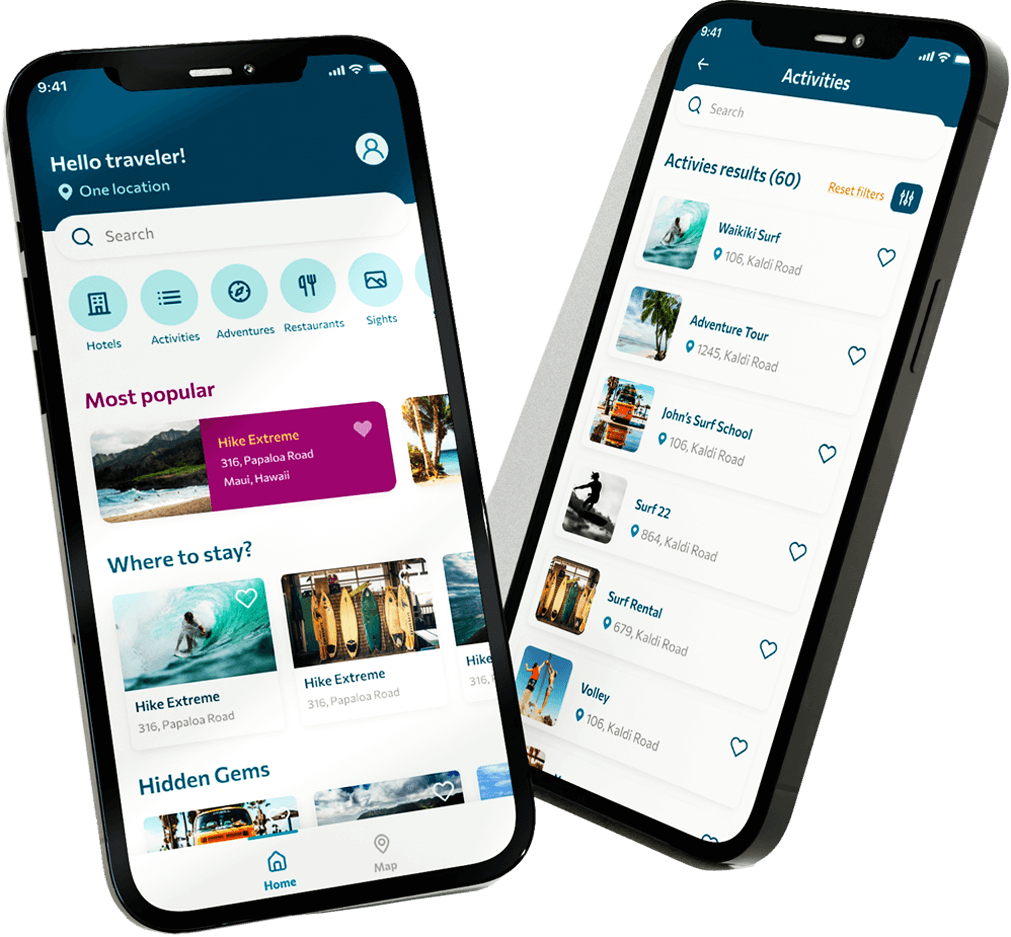If you’re getting more serious about your surfing, it’s important to understand the different types of waves and surf breaks you’ll encounter. Knowing this can help you choose the best spots for your skill level and style, making your sessions more enjoyable and safer. Let’s dive into the details of various surf breaks and waves, and why they matter.
Types of Surf Breaks
The type of break you surf at significantly affects your experience and performance. Here are the main types of surf breaks and their characteristics: 
1. Beach Breaks
- Description: Waves break over a sandy bottom.
- Characteristics: These waves can be less predictable because the sand shifts and changes with tides and storms.
- Why It Matters: Beach breaks are ideal for beginners due to the softer sand bottom, but they can also offer challenging waves for more experienced surfers when conditions are right.
2. Reef Breaks
- Description: Waves break over a coral or rocky bottom.
- Characteristics: These waves are usually more consistent and can produce powerful, well-formed waves.
- Why It Matters: Reef breaks provide some of the best waves for advanced surfers, offering powerful and often hollow waves, perfect for high-performance surfing. However, they come with increased risks due to the hard reef below.
3. Point Breaks
- Description: Waves break along a point of land, such as a headland or jetty.
- Characteristics: These waves can be long and peeling, offering extended rides.
- Why It Matters: Point breaks offer long, consistent waves that are perfect for practicing maneuvers and improving your technique. They are a favorite among intermediate to advanced surfers.
Types of Waves
 Understanding the different types of waves is as important as knowing the breaks. Here are the main types of waves you’ll encounter:
Understanding the different types of waves is as important as knowing the breaks. Here are the main types of waves you’ll encounter:
1. Spilling Waves
- Description: Waves that break gradually, spilling over the top.
- Characteristics: Gentle and ideal for beginners.
- Why It Matters: Spilling waves provide a forgiving environment for practicing basic skills without the risk of heavy wipeouts.
2. Plunging Waves
- Description: Waves that curl over and break with force, creating a hollow tube or barrel.
- Characteristics: Powerful and challenging, often found at reef or point breaks.
- Why It Matters: Plunging waves are sought after by advanced surfers for the thrill of riding inside the barrel. They require skill and experience to navigate safely.
3. Surging Waves
- Description: Waves that don’t break but surge up the shore.
- Characteristics: These waves occur on steep beaches and can be dangerous.
- Why It Matters: Surging waves are less ideal for surfing but can provide a dramatic backdrop. It’s important to recognize them to avoid being caught off guard.
 4. Tsunami Waves
4. Tsunami Waves
- Description: Large, powerful waves caused by underwater disturbances.
- Characteristics: Rare and extremely dangerous.
- Why It Matters: Understanding tsunamis is crucial for safety, especially in regions prone to seismic activity. Surfers should be aware of warning signs and safety protocols.
Why It Matters
Knowing the types of breaks and waves can enhance your surfing experience by helping you choose the right spot for your skill level and the type of wave you want to ride. Here’s why this knowledge is essential:
- Safety: Different breaks and waves pose various risks. Knowing what to expect can help you avoid hazards and stay safe.
- Skill Development: Surfing different types of waves can help you improve specific aspects of your technique and become a more versatile surfer.
- Enjoyment: Matching your skill level to the appropriate wave type ensures a more enjoyable and rewarding surfing experience.
 Enjoying Hawaii’s Waves
Enjoying Hawaii’s Waves
Understanding the different types of surf breaks and waves is key to advancing your surfing skills and maximizing your time in the water. Whether you’re just starting or looking to tackle more challenging conditions, knowing what to expect can make all the difference. So, study up, choose your spots wisely, and enjoy the ride.

Surfing






0 Comments